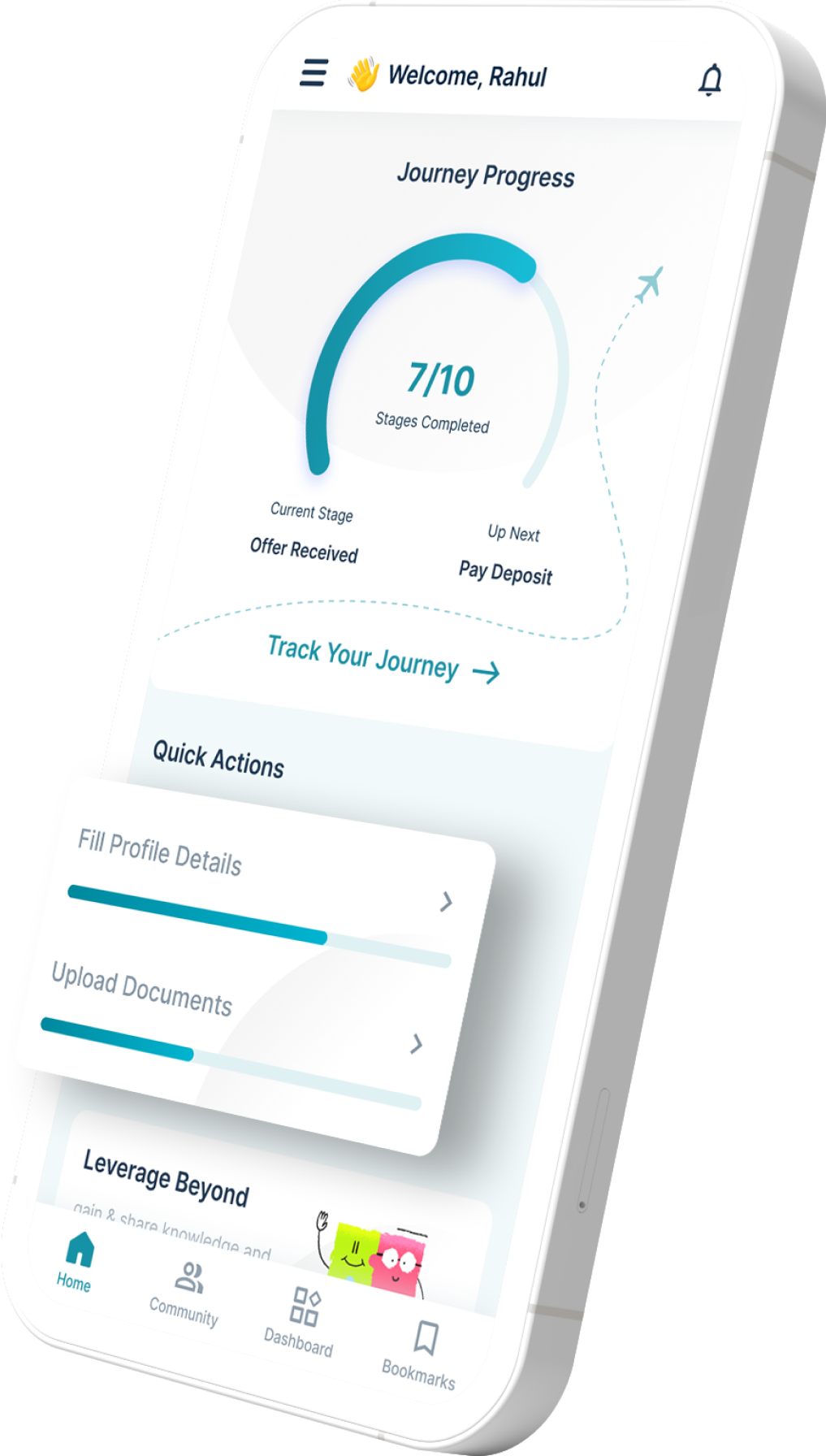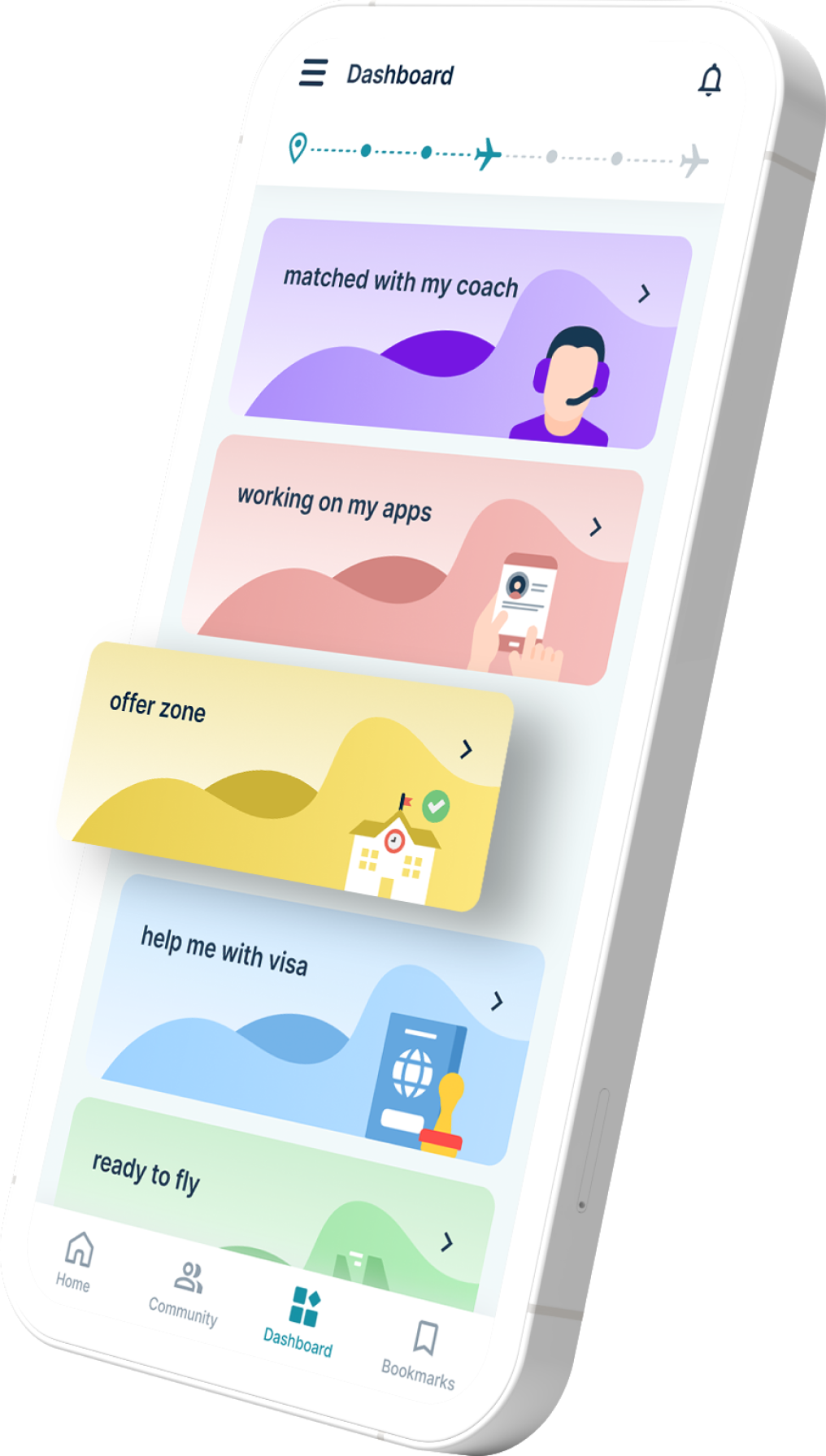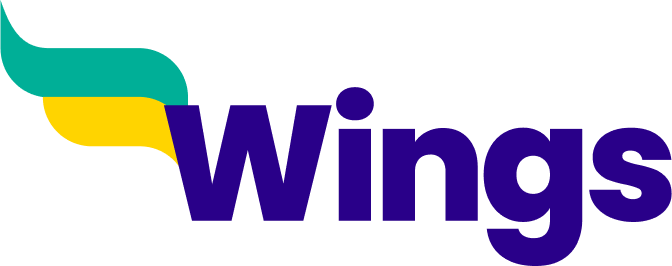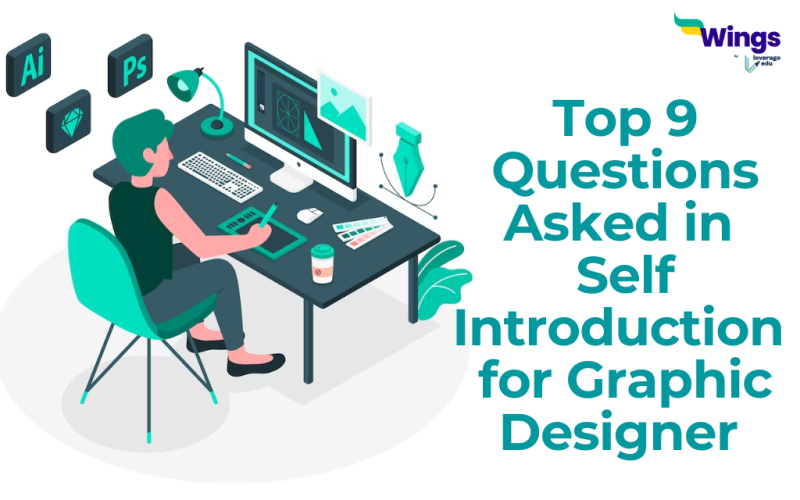Graphic Designers must have the ability to express themselves in a creative and constructive manner. When appearing for your self-introduction for graphic design, keep your resume/ CV updated, review the company’s portfolio, brush up on the required tools and design principles, demonstrate your communication and collaboration skills, etc. If you don’t have any experience as a graphic designer, you don’t have to panic, for everybody starts from scratch. If you are a fresher or someone who has recently gained interest in graphic designing, you can learn the basics of graphic design, which includes such as Visual Communication, Colour, Topography, Texture, Rhythm, Creativity, Text Design, etc. Below we have mentioned some of the most frequently asked questions in self-introduction for graphic designers.
This Blog Includes:
- Top 9 Questions for Self Introduction for Graphic Designer
- Why Do You Choose to be a Graphic Designer
- What is Your Favourite Type of Graphic Design
- What Challenges Have You Faced as a Graphic Designer
- How Do You Face Design Critiques and Feedback
- What is the Use of Adobe PageMaker in Graphic Designing?
- How Do You Collaborate with Other Designers, Developers, and Stakeholders
- How Do You Measure the Success of Your Designs
- Tell us About Your Designs
- Do You Have Any Questions for us?
Top 9 Questions for Self Introduction for Graphic Designer
As a professional graphic designer, you will be getting a lot of job opportunities, as there are numerous companies and brands that are looking for eligible graphic designers, which can build designs, graphic arts to assemble images, motion graphics and typography to construct a new design. If you have applied for the position of graphic designer, congratulation, we’ve got you covered. Here are the top 9 questions which are frequently asked in self-introduction for graphic designers.
Also Read – How to Ace Your Self Introduction
Why Do You Choose to be a Graphic Designer
Graphic designers have the creative skills to passion necessary for their work. The objective of asking this question is to understand your attitude towards this field and how determined you are to achieve it.
What is Your Favourite Type of Graphic Design
Graphic designers are required to work on various projects and must understand the concepts involved in the art of graphic design. A lot of times, graphic designers work on the same principles but their objectives and goals are different, most of the depending on the agenda of the project. When the interviewer asks this question, they want to know that are you comfortable in handling different types of graphic design projects.
What Challenges Have You Faced as a Graphic Designer
If you have faced any challenges as a graphic designer, now is the time to discuss them. If you have not faced any challenges, it’s okay to add a hypothetical challenge or exercises, as the interviewer wants to assess your approach and skills to design. Be prepared to think on your feet and ask clarifying questions before starting the exercise.
How Do You Face Design Critiques and Feedback
In this question, you are required to discuss your experience as a designer with receiving and implementing feedback on your work, and the types of methods you use to incorporate those feedback into your work/ design.
What is the Use of Adobe PageMaker in Graphic Designing?
Adobe PageMaker is one of the best applications for graphic design. It is usually used as a page layout application in Print Media, Publication Industry. As a designer, you must know how you can create high-quality documents such as newsletters, e-books, pamphlets, brochures, visiting cards, and reports.
How Do You Collaborate with Other Designers, Developers, and Stakeholders
As a graphic designer, you get a lot of opportunities to work in collaboration with other designers, developers and stakeholders. While asking this question, you can share your work experience with other designers, how well you exchanged ideas with them, what common goals you had and how you achieved them.
Also Read – 7 Tips for Professional Self-Introduction
How Do You Measure the Success of Your Designs
As a graphic designer, you must understand the needs of your clients and the audience to whom you are presenting your designs. If you have created a unique and amazing design, it will attract more people and will carry out effective communication. As a graphic designer, the success of your designs can be measured by three factors –
- Data-driven ROI
- Brand engagement through the design and
- Engagement of new and existing customers/ audience.
Tell us About Your Designs
While giving your self-introduction to graphic design, you will have to show the designs on which you have worked before. The interviewer may ask you to walk them through your design process, from concept to execution. Be prepared to talk about how you approach a design project, your research process, and your methods for staying organized and on track.
Do You Have Any Questions for us?
Whenever you are appearing for a job interview or giving your self-introduction, do ask relevant questions to keep the conversation going on. You can ask what plans this company has for its employees and itself, to what applications you’ll get access, etc. If you ask these kinds of questions, it will set a strong impression that you are really interested in working for this company.
For the latest blogs on Interview Preparation, Careers and more, follow the Leverage Edu website and YouTube channel.
 One app for all your study abroad needs
One app for all your study abroad needs














 45,000+ students realised their study abroad dream with us. Take the first step today.
45,000+ students realised their study abroad dream with us. Take the first step today.
